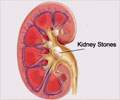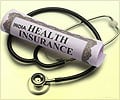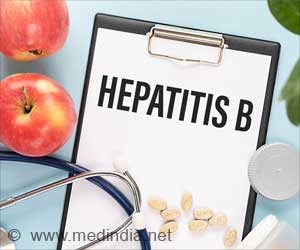
‘Extreme cold increases mortality risks for people with cardiovascular and respiratory diseases, extreme heat is risky for people with renal diseases.’
Tweet it Now
"We analysed the data from Twin Cities, Minnesota, in the US, and found patterns with universal validity across the globe," said Matteo Convertino, Associate Professor of Hokkaido University in Japan who led the study. While well known that extreme weather can be dangerous, not enough analysis has been done to compare specific temperatures against deaths and disease to know when public service messaging will be most effective.
Convertino teamed up with the University of Minnesota Twin Cities and the Minnesota Department of Health to determine which critical temperatures should trigger critical public health warnings.
The Twin Cities are known for their harsh winters and hot, humid summers.
The team found that the relative risk for mortality and morbidity increased generally with more extreme temperatures, but that at-risk populations were affected differently depending on their health conditions.
Advertisement
They also found that percentile-based temperature thresholds and heat index are more appropriate than absolute temperatures for determining when to initiate emergency risk communications.
Advertisement
"Our model can determine such temperature thresholds to start risk communications, which is important for saving human lives," he added.
Source-IANS










